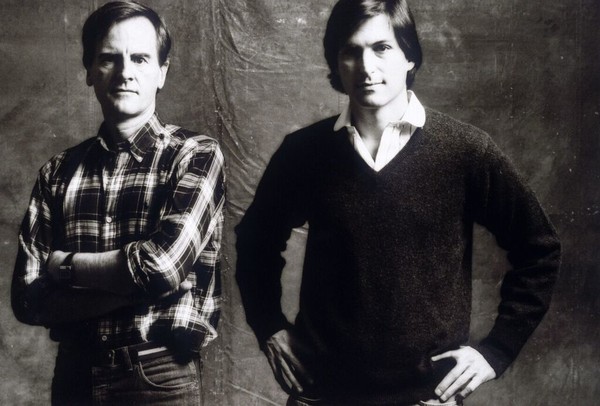
profile / alumni / faculty / film / product-design
April 25, 2016
Writer: Mike Winder
Photographer: Stella Kalinina
Concept Designer Neville Page on Critiques, Directors and Gaboon Vipers
“What we hoped to achieve was to meet our makers,” says a character in director Ridley Scott’s sci-fi film Prometheus, describing the lofty goals of their mission. “To get answers. Why they even made us in the first place.”
Spoiler alert: In lieu of getting an answer to that question, most of the ship’s crew meets a grisly death.
That’s not an entirely unexpected outcome when it comes to the cinematic creations of concept designer and former ArtCenter faculty Neville Page (BS 90 Product), whose designs include the towering monster from Cloverfield, the menacing alien from Super 8 and the implacable engineers from Prometheus.
Page also designed the glowing bodysuits in Tron: Legacy and the flying dragon-like banshees in Avatar. And when you watch this summer’s Star Trek Beyond, pay close attention to the yellow-eyed, roundhouse-kicking warrior—she’s his design too.
“It’s funny, you work on a project, move on to the next one, and suddenly your work is on the screen,” says Page in his warmly lit downtown Los Angeles studio, referring to the Beyond character, whom he saw earlier in the day when the film’s first trailer debuted. “You’re never sure what they’re going to use.”
He says that with a laugh, which may be one reason why he works so successfully with high-profile directors like Scott, J.J. Abrams and Steven Spielberg—he doesn’t take rejection of his work personally.
As an example, he recalls a time early on in Avatar when the grueling critiques he experienced at ArtCenter came in handy.
“I had my designs laid out and figured I’d have 15 minutes to explain my decisions,” says Page. “Instead, [Cameron] comes in and right away starts looking over the designs and says, ‘None of this. Maybe that one. No. No, none of it. Just start over.’ But he knew what he wanted and had limited time, so he just cut to the chase. I really respect that.”
Another reason directors seek Page out? His designs go beyond looking cool, they make functional sense—something audiences can intuit.
“On Avatar, [Cameron] wanted the banshees to look sleek and torpedo-like but to have mouths that open to reveal massive teeth,” says Page. Drawing from his industrial design education (“I always ask the ‘how’ and the ‘why’”), he researched how parrots move their beaks and how gaboon vipers deploy their teeth.
When it came time to present his ideas, he brought in parrot and snake skulls and started explaining how the quadrate bone and the palatine bone act as a four-bar link. “Before I could finish, [Cameron] smiled at me and said, ‘You know, Neville, you should really do this for a living.’”








